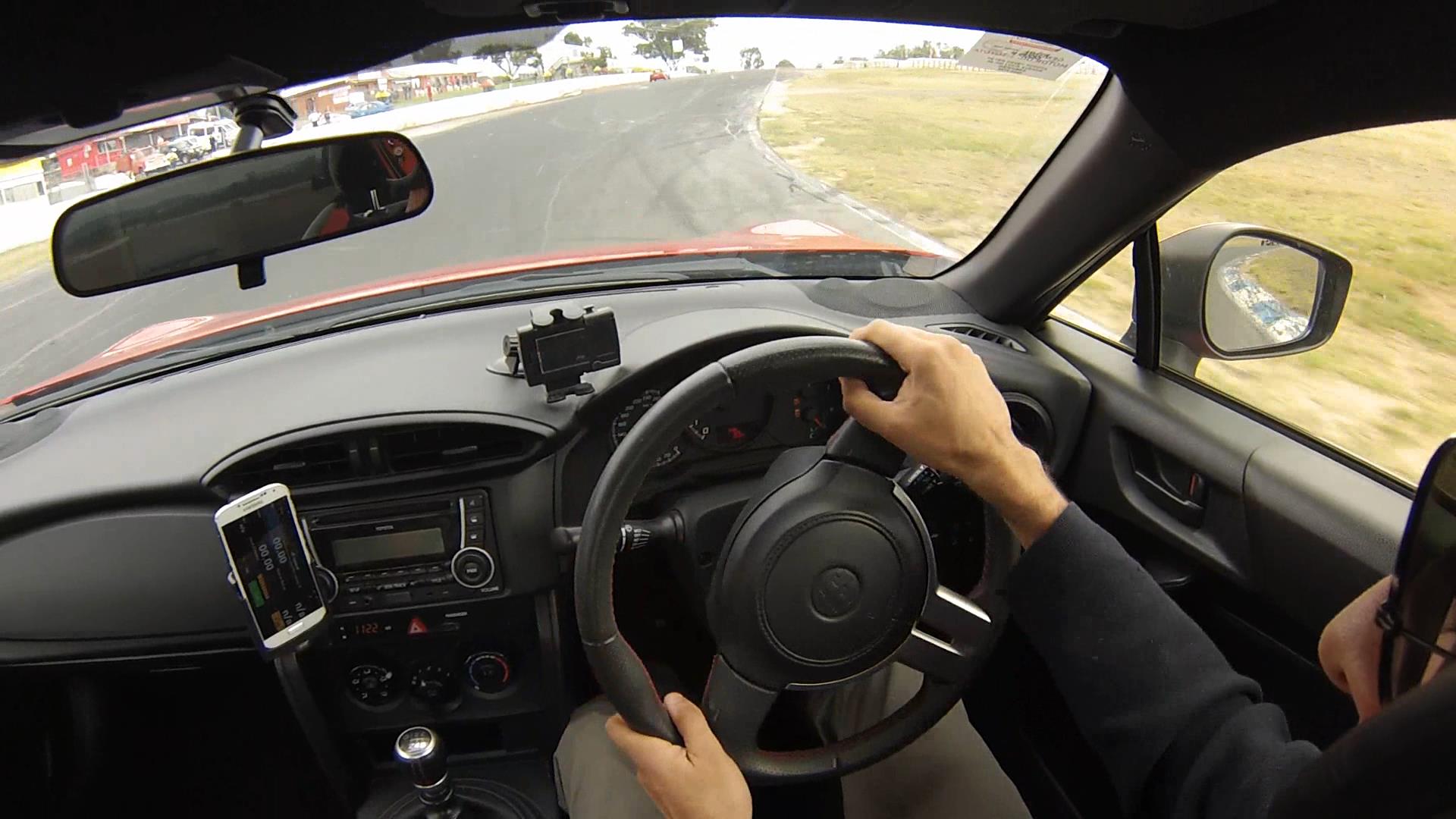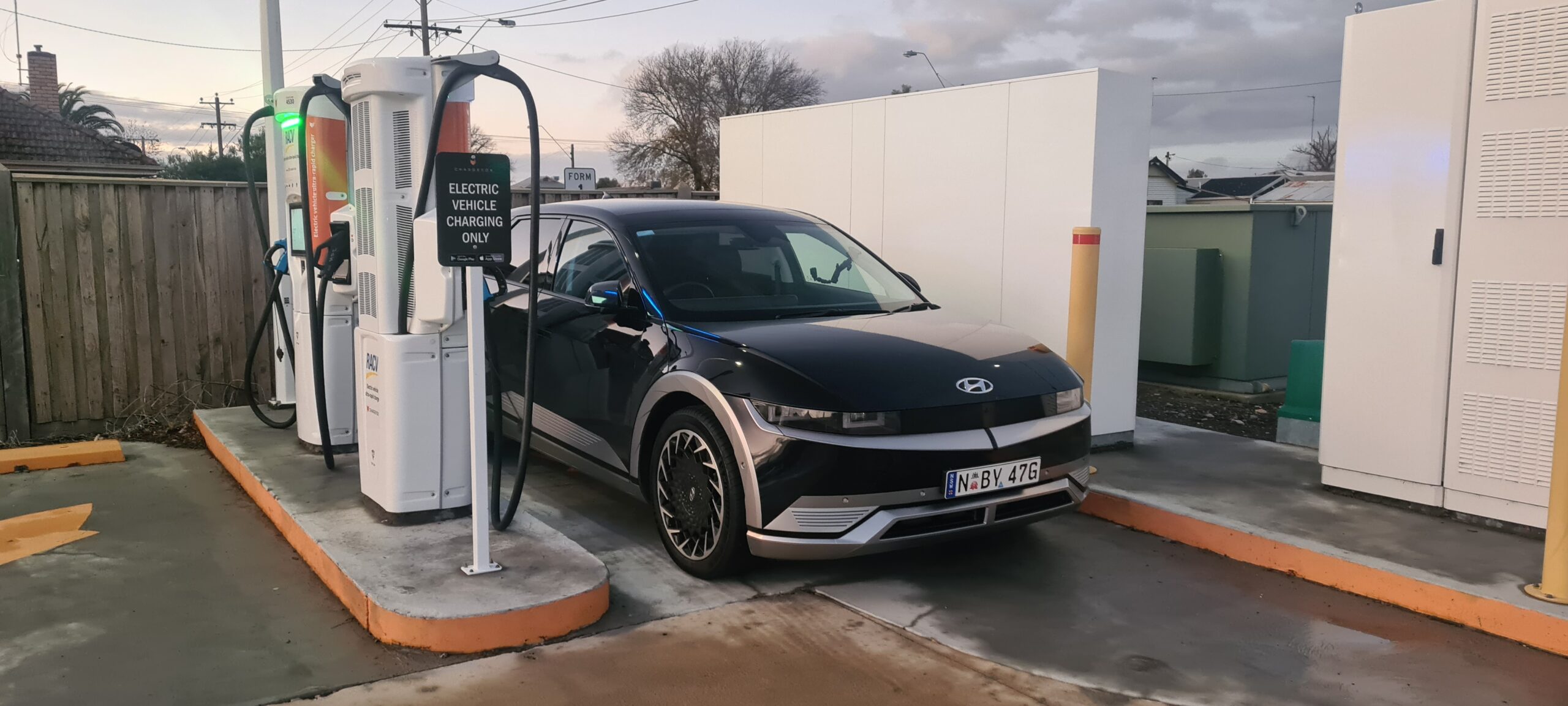
Don’t wreck your car through understeer and oversteer
Motorsport is a safe, risk-averse sport, right? There’s hundreds of pages of safety compliance regulations; everything from your valvecap design to how old your fire extinguisher should be.
This is all wonderful, but also terrible. Because I am yet to see an accident caused by the wrong kind of valvecap. But I have seen many, many accidents caused by something which the regulations don’t cover at all. Which is driver training.
It’s kind of odd that most motorsport people bang on about how good driver training is for road drivers, but don’t do anything about it for trackwork or racing. A trained driver is a safe driver, and by the way, talent is no subsitute for training.
Now the training has to be in proportion to the risk. Motorkhanas, for example, are done in first gear, maybe a touch of second and the only thing you’ll hit is a cone…so low risk and therefore little need for training to reduce accidents. On the other hand, wheel-to-wheel racing on circuits is high speed and high risk, so that needs training.
So what’s ‘training’? In this case, it’s imparting the skills required to avoid accidents. It’s not about the skills required to be the quickest, although there is considerable overlap. The sort of safety skills needed are understanding car dynamics so you know what the common causes of losing control are, how to stay in control, how to recover from skids if needs be, and what to do if all hope is lost.
I think the motorsport community could learn a lot from the 4X4 community. Pretty much every 4X4 club has its own training unit, usually affiliated with the state body which provides standardisation and curriculum development. The clubs are then able to provide low-cost, easily accessible training to their members who don’t need to travel or spend a lot of money on training. I spent many years maintaining the 4WD Victoria 4X4 training courses, and could see first hand the positive results.
There is no substitute for practical experience, but there’s little point practicing something if you don’t really understand what the car is doing. So here’s three videos which I think will help people develop the skills they need to be safer drivers on racetracks. I’ve seen lots of smashes caused by lack of skid recovery skills, so here’s how skids work and how to recover from them. Hope they help!
This first video explains the Circle of Traction, which is a fundamental part of the understanding for car dynamics which you need to build on to understand anything else.
This video covers understeer, the boring but important part of skidding.
And finally, the sexy one…how to recover from oversteer skids! These skids will definitely ruin your day, so best learn how to handle them!


